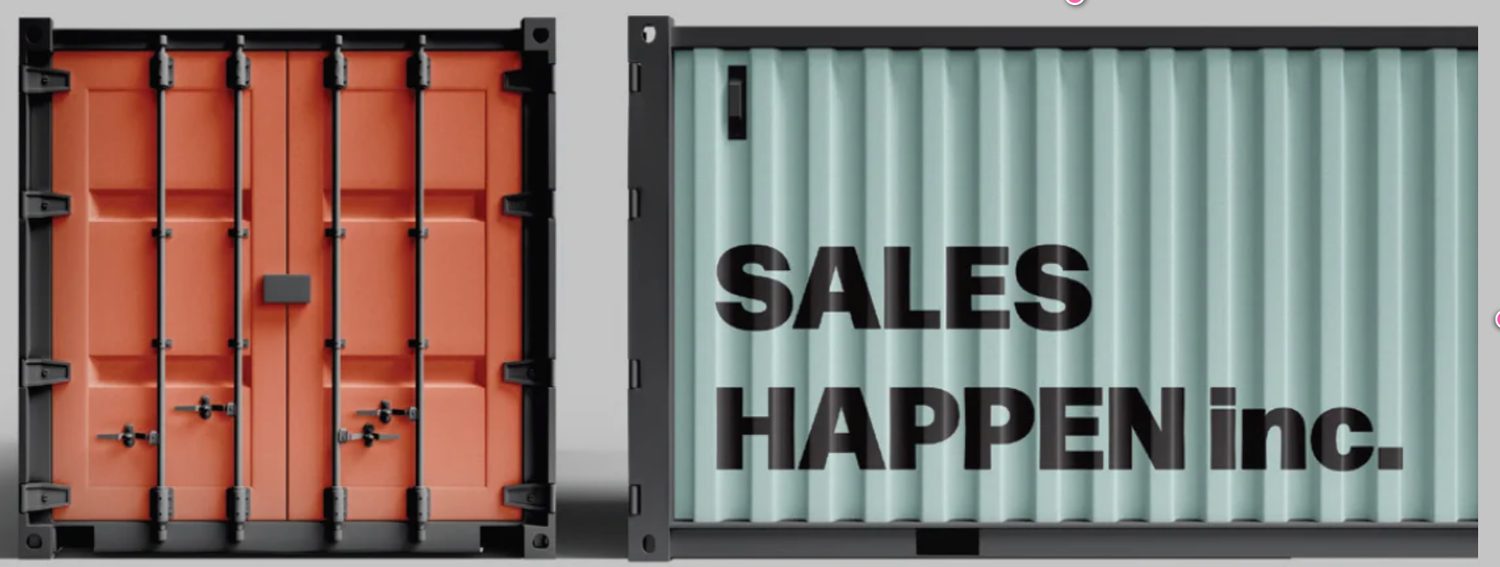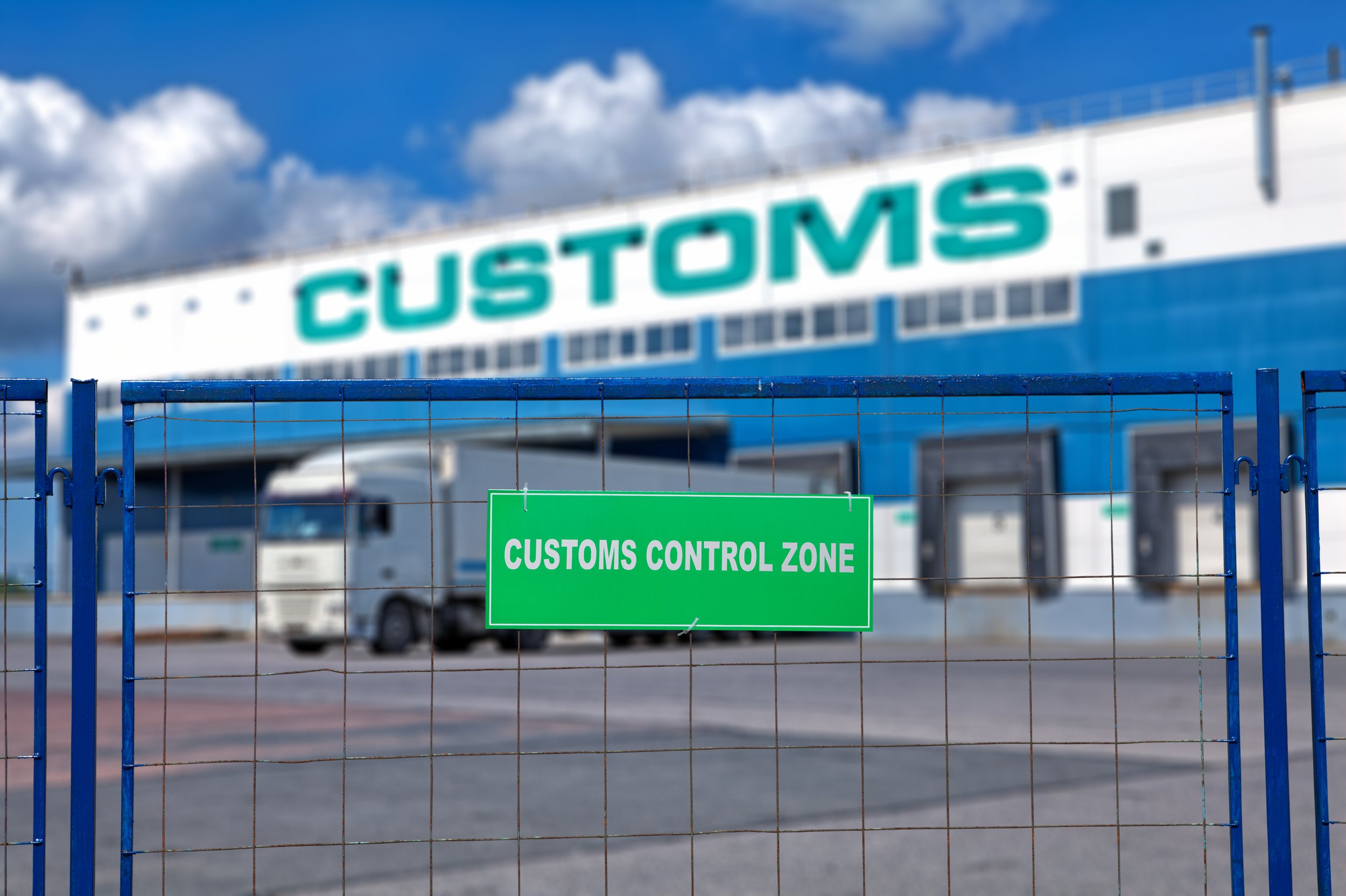
Shipping a container from Asia to the USA
Shipping a container from Asia to the USA involves several steps and players in the logistics chain.
Here's a general overview of the process
Booking
The process typically begins with a booking made by the shipper or their freight forwarder. This involves reserving space on a vessel operated by a shipping line. The booking includes details such as the origin, destination, type of cargo, quantity, and container size.
Consolidation warehouse
Sales Happen utilizes warehouse facilities near many Asian ports. A consolidator warehouse, also known as a consolidation warehouse or a cross-dock facility, is a type of distribution center or storage facility commonly used in logistics and supply chain management. Its primary function is consolidating cargo from multiple sources into larger shipments for more efficient transportation. It is common to assemble the minimum quantity orders of various building products.
Containerization
The goods are loaded into containers at the origin port in Asia. Containers come in various sizes, such as 20 feet, 40 feet, and sometimes larger sizes, like 45 feet or 53 feet. The cargo may be loaded directly into the container or may need to be palletized or secured depending on the nature of the goods.
Transport to Port
Once the container is loaded, it's transported to the port for export. This can be done via truck, rail, or a combination of both, depending on the distance to the port and the infrastructure available.
Customs Clearance
Before loading the container onto the vessel, customs clearance procedures must be completed. This involves providing the necessary documentation and declarations to customs authorities to ensure compliance with export regulations.
Loading onto Vessel
Once cleared by customs, the container is loaded onto the vessel bound for the USA. This is typically done using cranes at the port, with containers stacked onto the deck or into the holds of the ship.
Ocean Transit
The container is now on its journey across the ocean to the USA. The transit time can vary depending on factors such as the distance between the ports, the speed of the vessel, and any potential delays such as adverse weather conditions or port congestion.
Port of Entry
Upon arrival at the destination port in the USA, the container is unloaded from the vessel using port cranes. It is then transferred to the terminal for customs clearance and further transportation.
Customs Clearance (Import)
Similar to the export process, the container must go through customs clearance upon arrival in the USA. This involves providing the necessary documentation and declarations to customs authorities to ensure compliance with import regulations.
Transportation to Final Destination
The container is transported to its final destination within the USA once cleared by customs. This can be done via truck or rail, depending on factors such as the distance to the destination and the preferences of the importer.
Unloading and Distribution
Finally, the container is unloaded at the destination and the goods are distributed to their final recipients. This may involve additional handling and transportation depending on the specific requirements of the cargo and the consignee.
Many moving parts
Importing from Asia requires knowledge, skills, and experience across various domains, including trade regulations, logistics, supply chain management, risk management, quality control, market analysis, and relationship building. Having the right expertise and experience can make the difference between a smooth, successful import operation and encountering costly delays or complications.
Throughout this process, various parties, such as shippers, freight forwarders, shipping lines, customs brokers, and transportation companies, play crucial roles in ensuring the smooth movement of goods from Asia to the USA.












